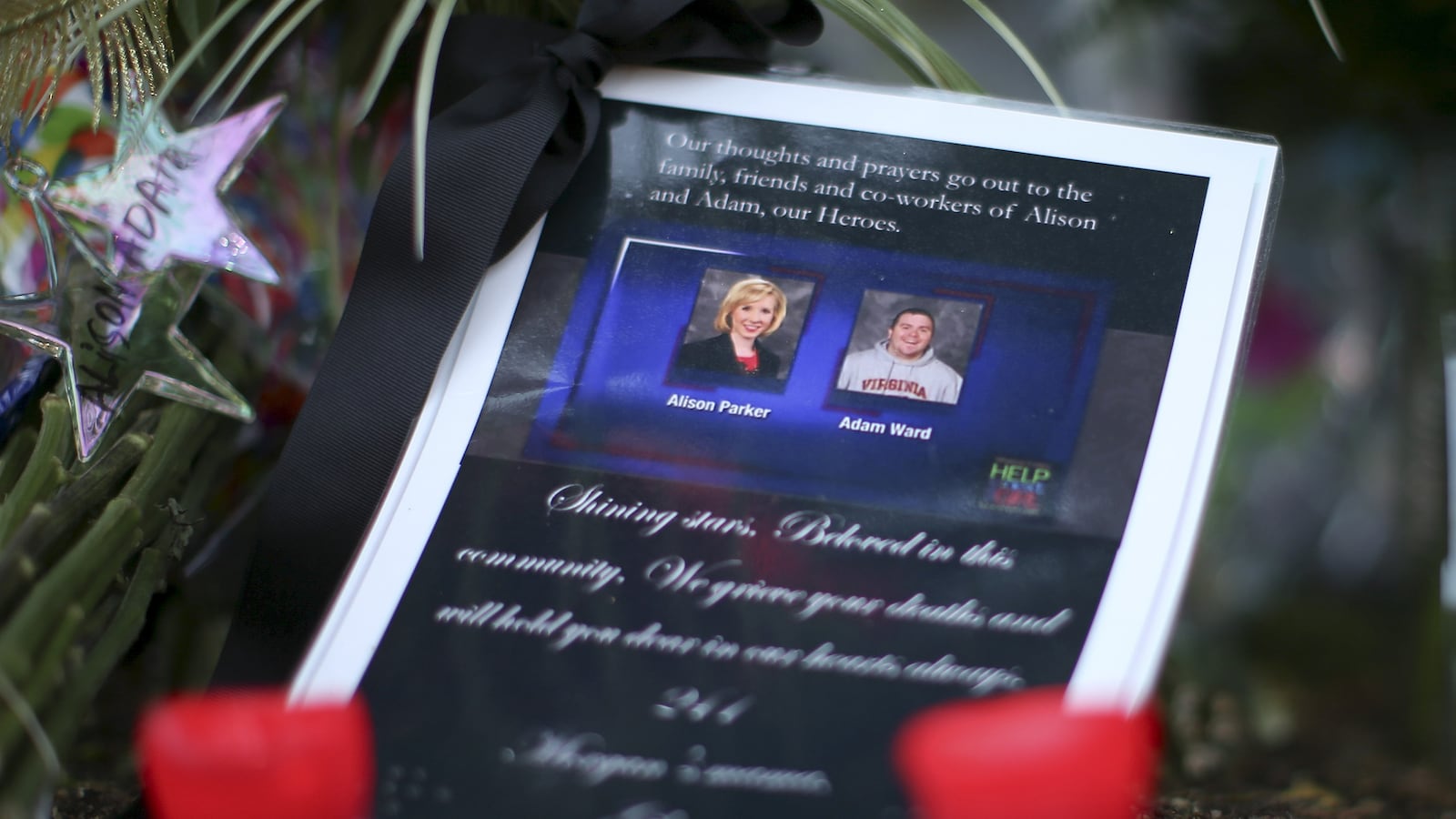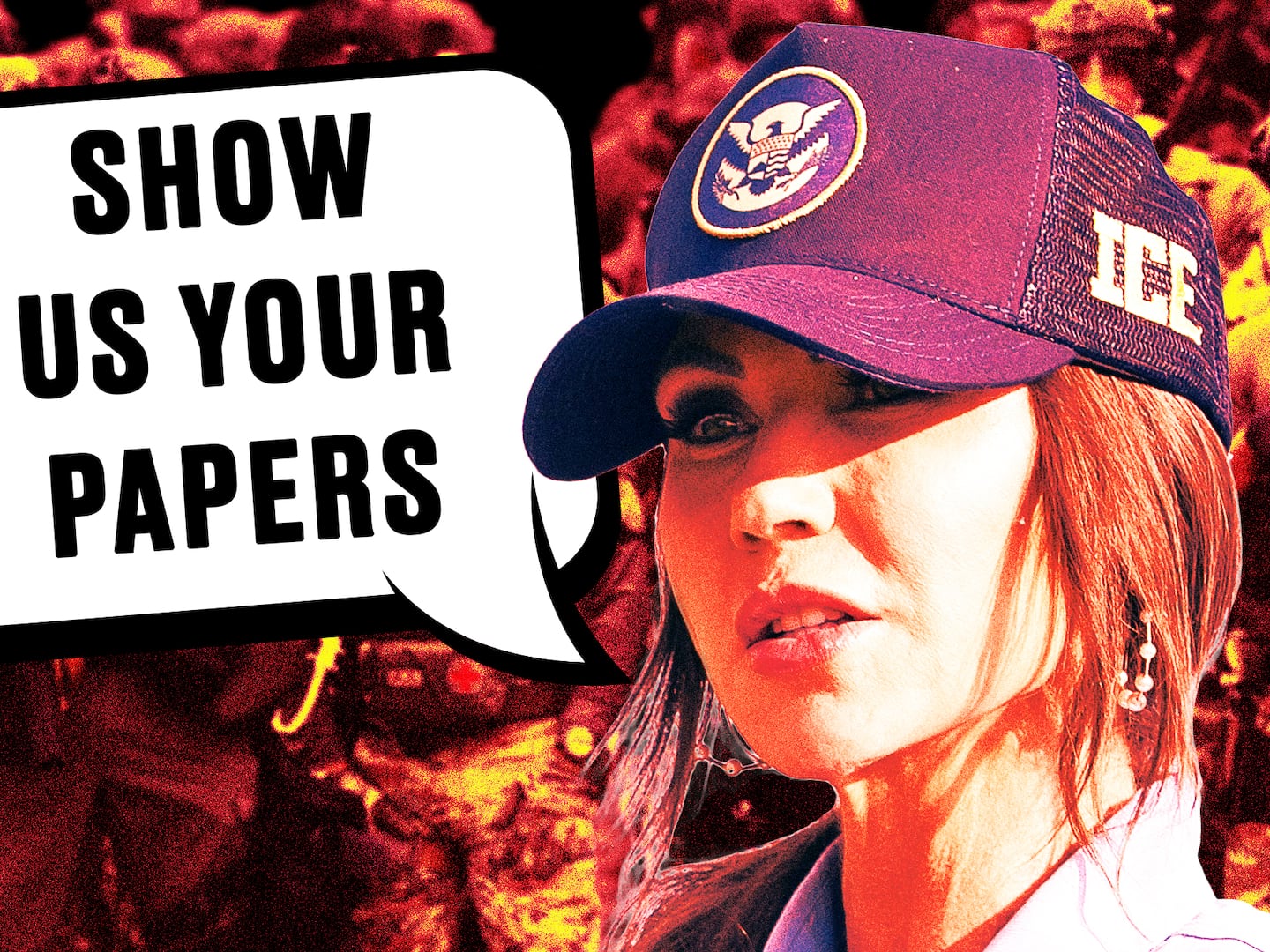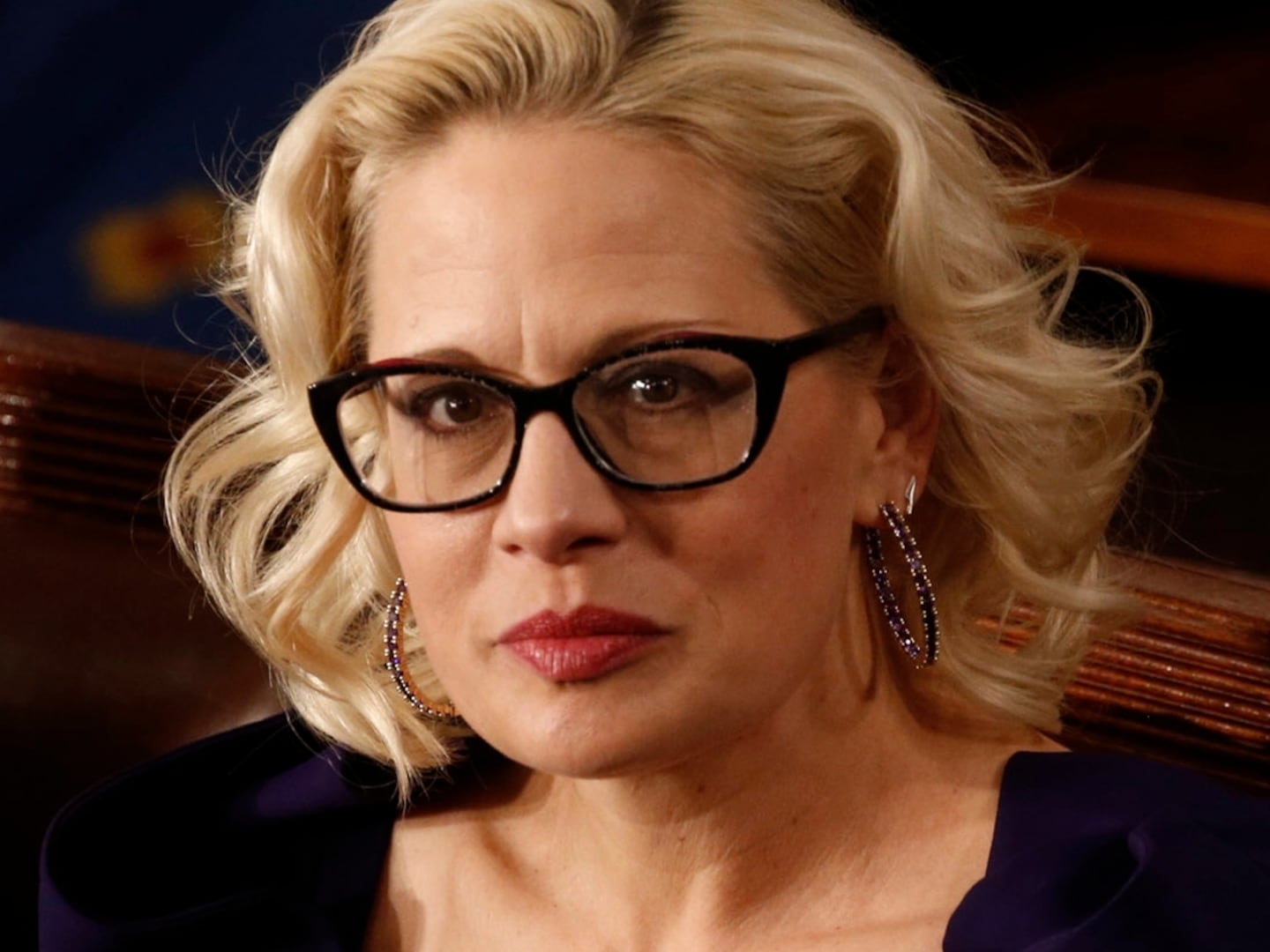It was a long time ago, June 17, 1988, just another hot muggy Friday night when one more casualty of the crack wars that were then creating fear in certain neighborhoods of several American cities hit the ground, dead. Here’s part of the column I wrote about that one murder, one of many in Boston and a lot of other places too.
At 8:05 p.m. Friday, Tony Johnson, all 21 of his years slowly spilling out on the dark, wet alley by 15 Everton St. in Dorchester, was flat on his back as Jimmy O'Connor, a patrolman, knelt in mud and rubbish and furiously pounded the dying man's chest while a summer rain washed great rivers of blood from the victim's jaw and the sound of sirens echoed in the night. Johnson wore white Pony sneakers, black Adidas sweat pants with $800 cash in one pocket, a white T-shirt ringed with crimson blotches and no expression on a face that, minutes before, had been hit with a shotgun blast.
“We need a trach-tube,” Jimmy Hudson, another cop, shouted. “Anybody got a trach-tube?”
“C’mon, c’mon,” O’Connor said to the fading Johnson as the cop pushed, his hands smeared with the blood bubbling from the gaping hole. “C’mon, breathe.”
An ambulance came, and two EMTs sprinted past parked police cars and through the crowd that had gathered at the end of the alley. One of the EMTs tossed garbage bags across the hood of Johnson’s Volvo to get to the body, and another cop held the victim’s screaming sister, Paulette, while the medical technicians tried to save a life.
Twenty feet away, in the dim light of Everton Street, a dark blue Audi 5000 sat in the middle of the road with its engine idling. People hung from the porches and windows of the two houses abutting the alley. More cops came and more sirens—a familiar sound here—pierced the steady drizzle…
Now, at 8:15, the EMTs had Johnson in the ambulance and were working on him as people tried to look in the windows. The young cop, O’Connor, was washing the blood off his hands with a bottle of disinfectant; and two more cops, Sgt. Dan Downey and Det. Sgt. Bo Mullane, had begun questioning as many people as possible while the crime was still fresh in the witnesses’ minds. You get it in the first 5 minutes or you might not get it at all.
There was talk of a rape a few weeks ago and of the rape victim’s boyfriend just out of MCI-Plymouth, of a woman named Diana, of a shooting in Roxbury last Sunday night. As the ambulance rushed into the night toward Boston City Hospital, there was more talk about revenge, drugs, guns and the violence that is so common in so many American cities.
At 8:30 p.m., a doctor at BCH pronounced Anthony Curtis Johnson dead of gunshot wounds. He became Boston’s 47th homicide of 1988, and the case landed on Brendan Bradley, a detective who knows too much about murder.
It was just another killing of a human being that occurred during a week when people became so upset over the death of an old woman’s dog.
In a country where all talk seems to center on an election and a change of government, people like Brendan Bradley and Bo Mullane are the only government that too many ever know. Let the candidates travel the country raising money, speaking about narcotics, Panama and the national debt. That is politics. The job of the police is much more immediate and demanding, less glamorous and far from any spotlight.
I found myself thinking about all the homicides, all the victims and all the witnesses to murder in alleys, on sidewalks, in tenement halls, in plain view of neighbors and children while I read and watched and listened to the shock and justifiable outrage over the planned killings last week of Allison Parker and Adam Ward. She was a young reporter for a TV station in Roanoke, Virginia. She was 24 years old. He was her photographer and he was 27. They were on a routine assignment, a “live shot” it’s called in the TV business, a good-news interview for a local early-morning program.
Then, madness arrived. And it had a name: Vester Lee Flanagan, a 41-year-old former co-worker at WDBJ, the station where Parker and Ward worked. Flanagan was insane and he had a gun and he assassinated both young people in the middle of a live broadcast. He was so deranged he used his own phone to capture their deaths and quickly posted the clip on his Facebook page. Welcome to the 21st century: streaming a homicide.
In the minutes, hours and days that followed, the killings consumed social media. The details of death spread around the world before the police had removed the bodies. A great national discussion ricocheted back and forth on talk shows, news outlets, office water coolers, kitchen tables, car pools, commuter rails, on Twitter, by text and Instagram: Did you see it on TV? Did you read the story? Imagine the unimaginable, two people shot dead on live television. For real.
But for too many Americans, the event of that night in that alley on Everton Street in the Dorchester section of Boston, was last night or the night before or could easily be tomorrow night. There are blocks upon city blocks across this country where the sound of gunshots and the sight of someone down, dead in the street, is simply part of everyday life. Their very own deadly and daily reality show.
Now, the candidates talk about income inequality and that’s a good thing. But the candidates rarely talk about inequality based on ZIP Code where thousands are segregated and sentenced to a constant struggle on streets where guns and drugs are more common than fire hydrants and playgrounds.
Now, we know Alison Parker and Adam Ward. We know their fine futures were robbed by a guy living with demons in a state, Virginia, where it’s just as easy to buy almost any kind of a lethal weapon as it is to purchase a rake at Home Depot.
But we do not know mothers, terrified to let children play on a sidewalk or sit on a stoop in front of their own building. We do not know the 7- and 8-year-olds who regard the sound of gunfire as common as the sound of music. We don’t know the grief felt by a parent when a son is shot to death over a pair of sneakers, the color of his cap, a glance, a grudge or just because…just because.
The country is in the early innings of a big election. The issues seem to be wages, wealth, a treaty with Iran, immigration, the environment, two families that have dominated our politics since the night Tony Johnson was shot-gunned to death in an alley, Bush and Clinton and a loud guy named Trump.
Meanwhile, the killing continues. The murders mount but go largely unnoticed because they are so common and occur with such frequency and rarely take place on live TV. They happen on streets that swallow whole generations while the rest of us are insulated by geography and income from the pain of that presence and the price to be paid down the road.





